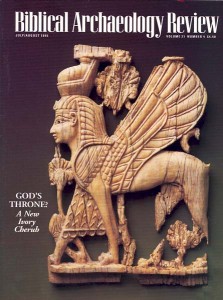Dating the Patriarchal Age: Where Kitchen Erred
Sidebar to: Finding Historical Memories in the Patriarchal Narratives
In “The Patriarchal Age: Myth or History,” BAR 21:02, Kenneth Kitchen cites six factors leading him to conclude that the patriarchs can be dated to the first half of the second millennium B.C.E., or the Middle Bronze Age. These factors are (1) the price of slaves, (2) treaties and covenants, (3) geo-political conditions, (4) references to Egypt, (5) patriarchal names and (6) the social world of the patriarchs. Unfortunately, this evidence does not add up to a persuasive argument for the early second millennium B.C.E. as the time of the patriarchs.
The price of slaves
Kitchen correlates the price of slaves recorded at various points in the Bible with slave prices in the ancient Near East. He finds that the 20 shekels of silver paid for Joseph (Genesis 37:28) was the standard slave price in the 19th and 18th centuries B.C.E.; the slave price of 30 shekels listed in Exodus 21:32 matches the going price in the 14th and 13th centuries B.C.E.; and the tax of 50 shekels imposed by King Menahem in the eighth century B.C.E.—to finance a tribute to the Assyrian king Pul (2 Kings 15:20)—reflects the slave price at that time.
Is this factual evidence for dating the events of these Biblical passages? Not exactly.
King Menahem’s tax of 50 shekels doesn’t necessarily have anything to do with slave prices, though the coincidence between the amount of this tax and the price of slaves is intriguing.
Already a library member? Log in here.
Institution user? Log in with your IP address.

